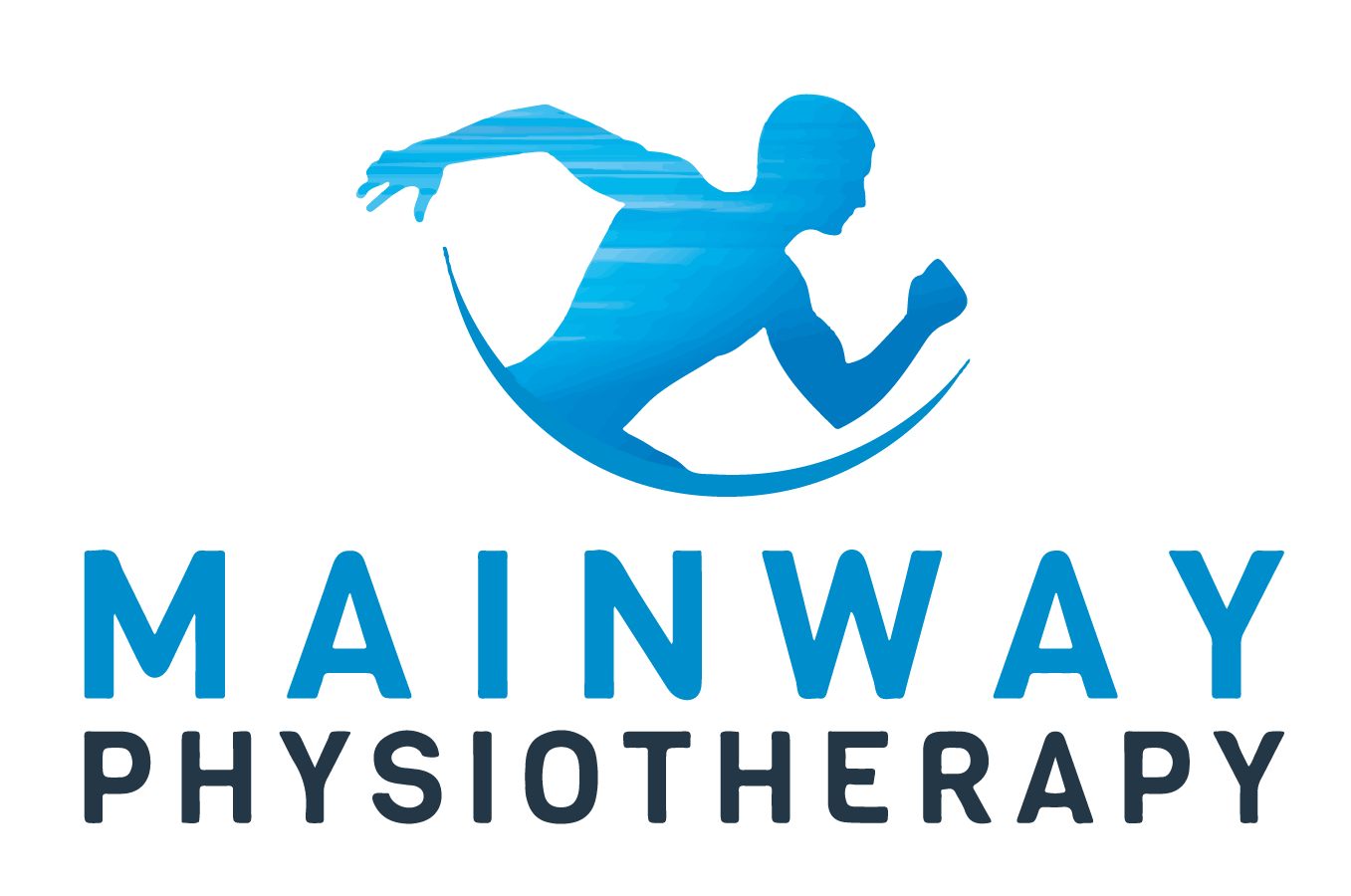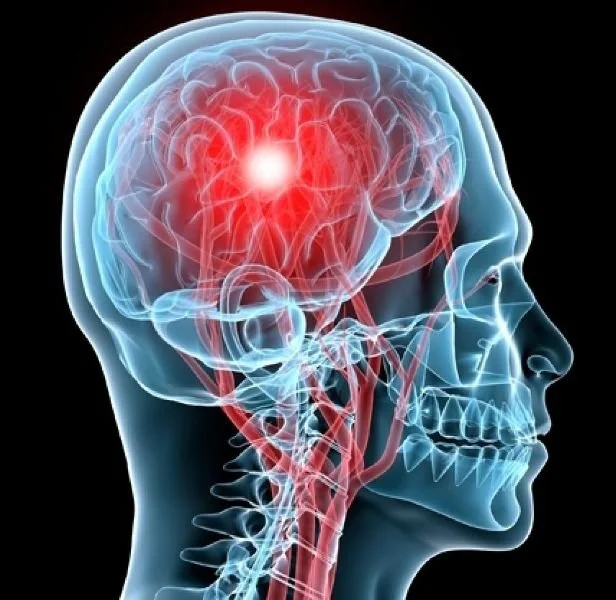How to identify if you have a Concussion
At Mainway Physiotherapy, we see countless concussions from sports injuries and more. We are often asked how to identify a concussion and how to treat one?
First, let’s look at how a concussion is defined.
A concussion is referred to as a traumatic brain injury (TBI) caused by a blow or bump/hit to the head and body causing the head and brain to race rapidly back and forth. Medically, it is an immediate or transient alteration in brain function. Since the brain is the body’s control center, the effects of a concussion can be far-reaching.
Symptoms of a concussion
Many symptoms could indicate a concussion after an impact or a direct hit to the head. These symptoms of a brain injury are essential because a concussion doesn’t show up on imaging like an X-ray, CT, or MRI scan. A diagnosis is made from a thorough examination, observing signs, and listening to what the patient is experiencing in symptoms.
Common symptoms include:
Loss of consciousness
Balance problems
Blurred vision
Amnesia
Delayed response to questions
Forgetting or confused with an instruction
Irrelevant crying or laughter
Vomiting
Allan Hewick, a Registered Physiotherapist at Mainway Physiotherapy, has a series of videos you can watch. What is a Concussion?. They discuss Potentially Serious Symptoms, Post Concussion Syndrome Symptoms (symptoms that continue a few weeks after the injury) and physio for Post-Concussion Syndrome, including physiotherapy, exercise, acupuncture, and manual therapy.
What is the recovery time from a concussion?
The standard treatment for concussion has been to get plenty of rest. However, newer approaches involve therapy to target specific symptoms. Recovery from trauma means your brain cells must return to their normal function. This process takes a lot of energy and, depending on severity – time.
In the following video, Allan Hewick, Mainway Physiotherapist, discusses the difficulty of giving a time of recovery due to all the variables and symptoms. It also depends on where you work and if you are suffering emotional upset or symptoms like dizziness and light or noise sensitivity.
Summary
The good news is although the recovery process may be slow in severe cases, most people can have a full recovery. It is imperative to follow the recovery plan established by your therapist, which, as mentioned above, may include physiotherapy, exercise, acupuncture, manual therapy, and lifestyle changes. Continue to coordinate with your therapist to determine where you are with your recovery plan and how soon you can return to normal activities and work.


